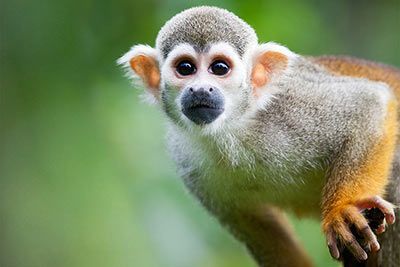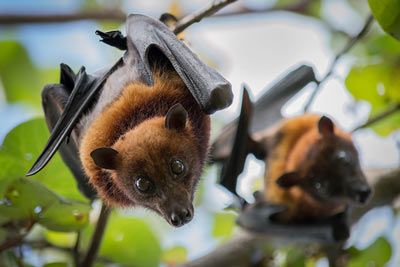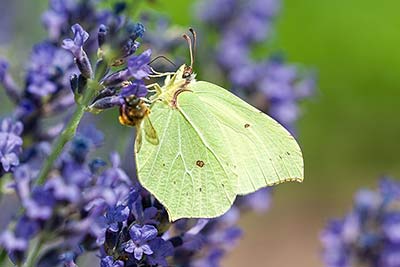Leopard
Leopard Facts
| Size | 35-75 inch (90-190 cm) (body); 28-31 inch (70-80 cm) (shoulder height); 24-43 inch (60-110 cm) (tail) |
| Speed | 36 mph (58 km/h) (short distances) |
| Weight | 66-132 lb (30-60 kg) (females); 88-198 lb (40-90 kg) (males) |
| Lifespan | 12-15 years (in the wild) |
| Food | Antelopes, deer, wild boars |
| Predators | Tigers, lions |
| Habitat | Africa, Asia |
| Order | Carnivore |
| Family | Cats |
| Scientific name | Panthera pardus |
| Characteristics | Fourth-largest big cat |
Main Characteristics
The leopard is the fourth-largest big cat. It lives on its own in tropical rainforests, in the mountains, in the savannah, or in semi-deserts. In Asia it also lives in conifer forests. Leopards are mainly active from at night and during dusk and dawn.
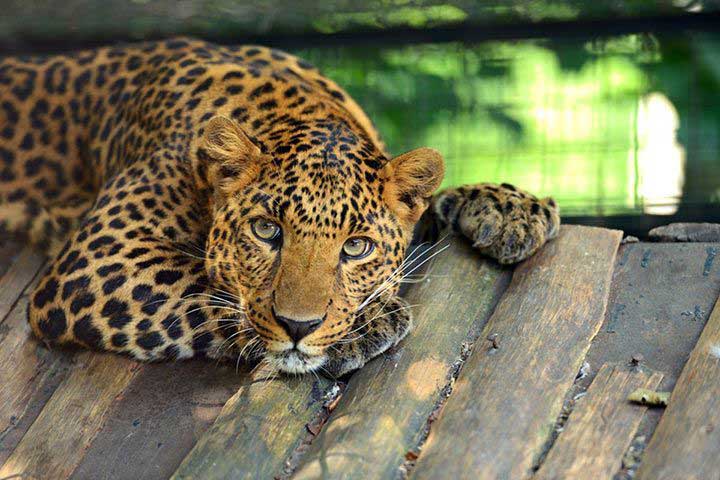
Species
There are 27 subspecies, eg. the Amur leopard, the African, Indian or Persian leopard. The snow leopard (Panthera unica) is related to the leopard (Panthera pardus), but is considered an independent species.
Anatomy and Appearance
Unique Fur Patterns
The fur of the leopard is its unique "ID". "ID" stands for „identifier“ and signifies something as unique. "ID" numbers can be found on passports. A house number is basically also a kind of "ID".
The fur of a leopard has flower-shaped, black spots. Even though it is difficult to perceive: Each leopard has a unique pattern. The leopard can also be easily distinguished from the jaguar, because the leopard’s spots do not have a dot in the middle.
What Kind of Animals Are Black Panthers?
The panther Baghira from the Jungle Book is a black leopard. Panthers are not a separate species, but simply have a specific coat color. There are also black jaguars, which are also called panthers.

Diet
Leopards feed on antelopes, deer and wild boar. The prefer prey which weighs between 30-50 kg. But they also eat small mongooses, jackals and baboons, as well as reptiles and birds.
Behavior
Leopards Like to Swim
First off: All cats are good swimmers. But most of them don’t like it. Their coat is getting heavy from the water, which slows them down. Yet, tigers, jaguars, and leopards are among the few feline predators that like swimming. This does not make things better for their prey: The water is no option to make an escape.
Hunting
They're Masters in Sneaking Up
The leopard is a passionate ambush predator and very good at sneaking up to its prey extremely slowly and patiently. Often the leopard just comfortably reclines on a branch, just a few meters above its prey, waiting for the best moment to attack.
They Store Prey in Trees
As lions and hyenas sometimes like to steal its prey, the leopard has come up with an idea. It stores its prey in the forks of branches. There it is safe and the leopard can take a snack whenever it is feeling hungry. The leopard is even able to carry prey that is bigger and heavier than itself up the tree in its mouth.
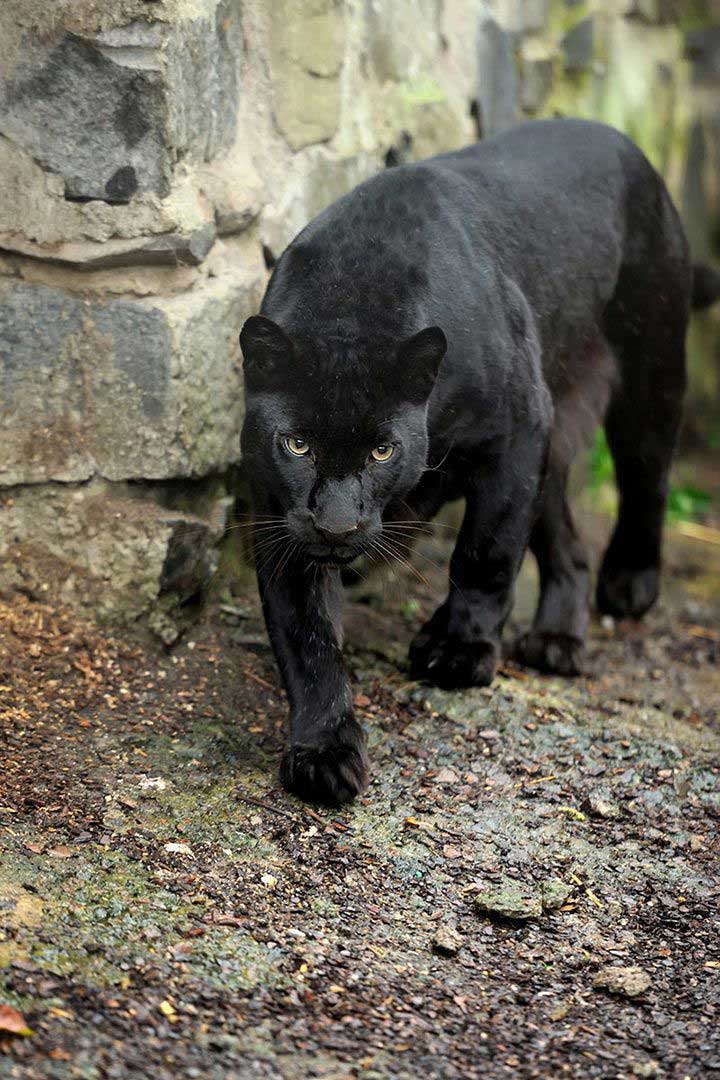
Senses and Abilities
How High Can They Jump?
Leopards can jump 10 feet (3 meters) high and distances of up to 20 feet (6 meters). They can easily leap over a large car.
Can They Climb Up a Tree?
Leopards are not only very good swimmers, but also excellent climbers. With their sharp, retractable claws they find secure hold on the bark and easily climb up trees that are up to 50 feet (15 meters) high. No other feline predator as big as a leopard climbs that high. Potential victims only have one chance: run away as fast as possible.
Sense of Hearing
Leopards can hear five times better than humans.
Reproduction
Leopards only meet during the mating season and stay together for about 8-9 days. After 90-105 days, the female leopard gives birth to two to four babies, which weigh just about one pound (500 g). After two to three months the cubs start to eat meat. After 13-18 months they strike out on their own. At the age of three years they are adults.
Fun Facts
Leopards Are Survivalists
Leopards can survive up to ten days without water. Provided they find enough to eat, because their food contains enough liquid.
The Leopard Is Related To:
Animals in the Same Biome:
- Find Out More:
- Jaguar, Leopard or Panther - What’s the Difference?
- Watch Now on animalfunfacts.net:
 Endangered Animal Species
Endangered Animal Species Animal Camouflage
Animal Camouflage
















